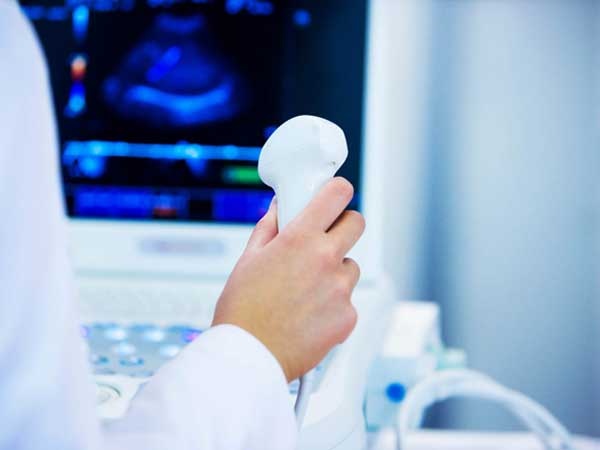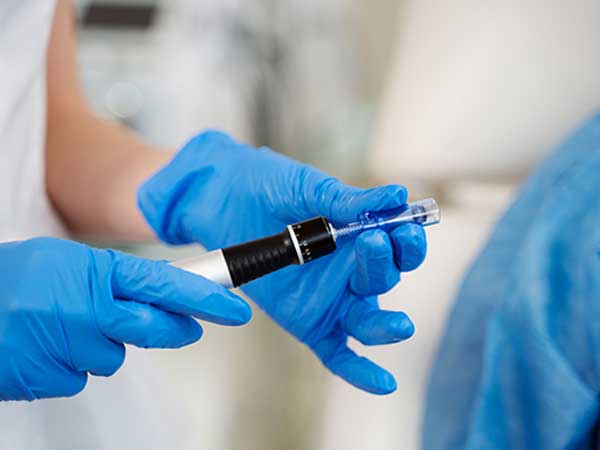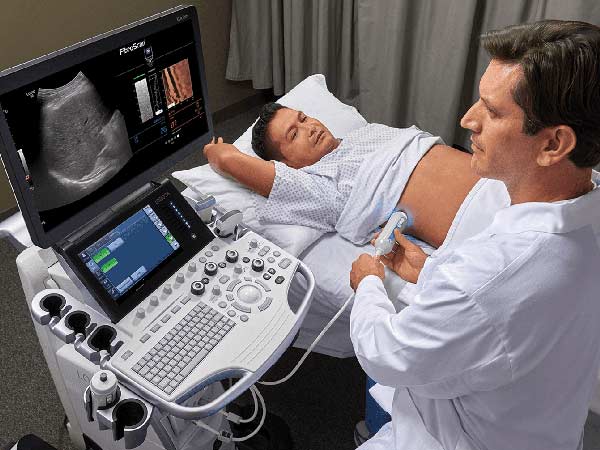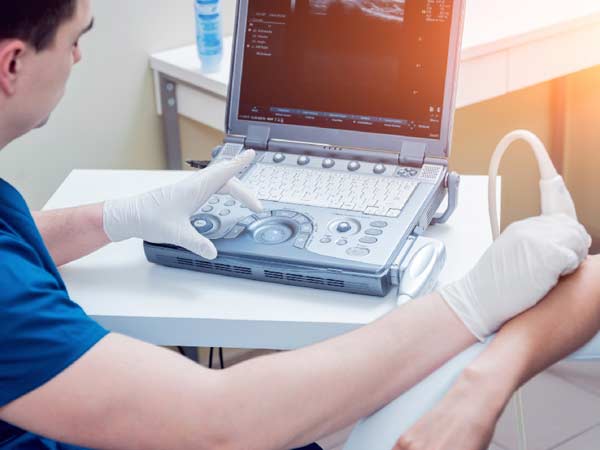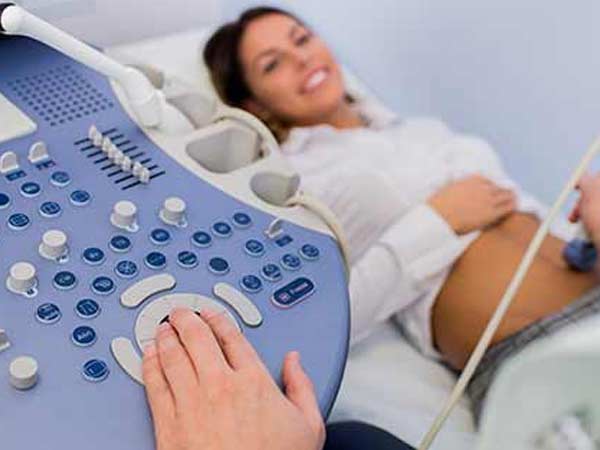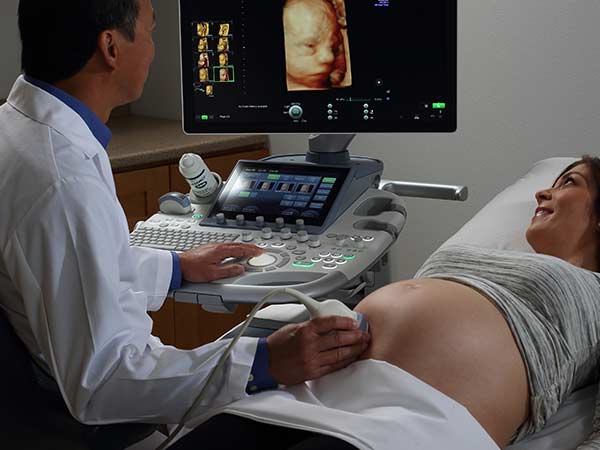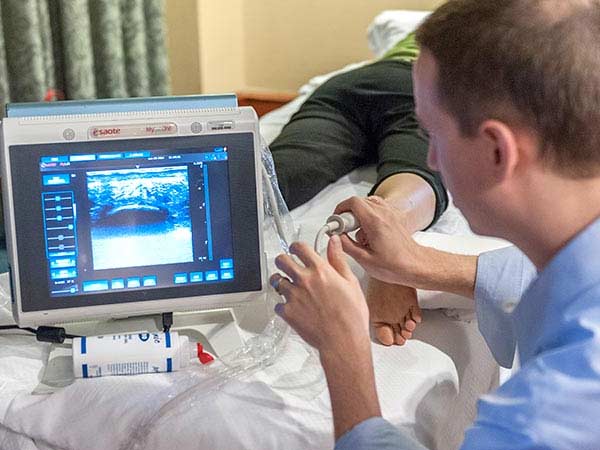Osteoid osteoma is an extremely painful benign skeletal tumor seen in young individuals.
Although surgery is the definitive treatment, difficulty in lesion localization and the need for extensive dissection pose a problem. Radiofrequency ablation (RFA) has been found to be a safe, fast, and reliable method of treating osteoid osteomas.
Osteoid osteomas are diagnosed based on the following combination of clinical & radiological features:
- Presence of pain that is worse at night and relieved by administration of oral anti-inflammatory medication
- Documentation of a radiolucent nidus with surrounding bony sclerosis and cortical thickening on CT images
Pre-procedure:
The patient & attendants are given detailed explanations about the procedure and the surgical and medical alternatives available; informed written consent was obtained in all cases.
Before the procedure, the bleeding tendency of patient is assessed by coagulation profile
Procedure:
It is a kind of electrosurgery that is performed under general anaesthesia in the CT suite

Patient lying in CT suite Needle placed into site of osteoid osteoma under CT guidance

An electorde is connected to the RF ablation machine which delivers electrical energy into lesion to make the nidus (active part of osteoid osteoma) burn

CT localisation of nidus Needle placement into nidus for ablation
Post-procedure
Patients are generally discharged same evening or next morning on oral analgesics
Patient can generally walk without support after effect of sedation wanes off (2-3 hrs).
Response: Pain relief is usually achieved within 2-3 days post-ablation.
There is general instruction of precautionary restriction of active sports for 6 weeks
Advantages over open surgery
– Usually, no incision is needed & no sutures (stitches) need to be taken
Hence cosmetically suitable for patient while providing excellent pain relief
-Minimal blood loss unlike open surgery due to no need for surgical exploration



